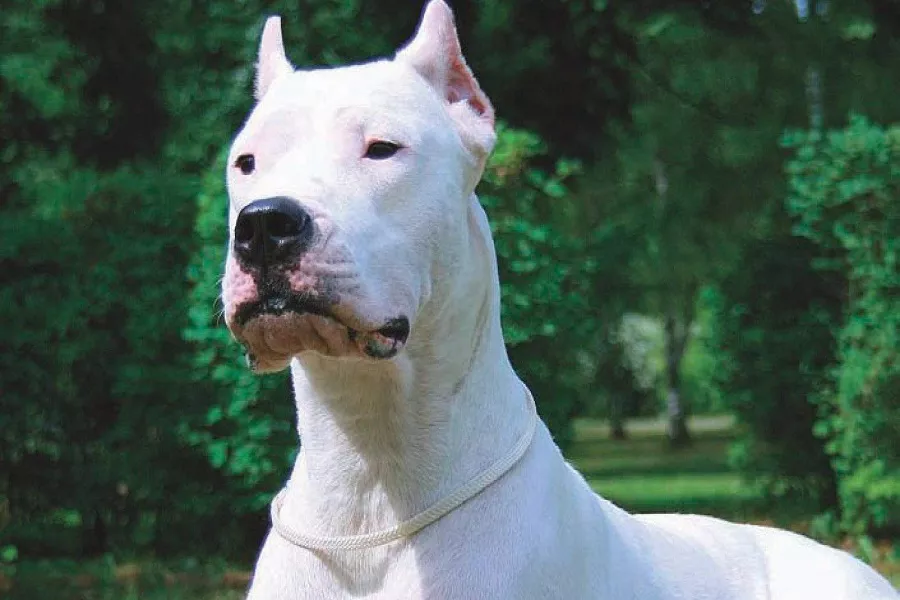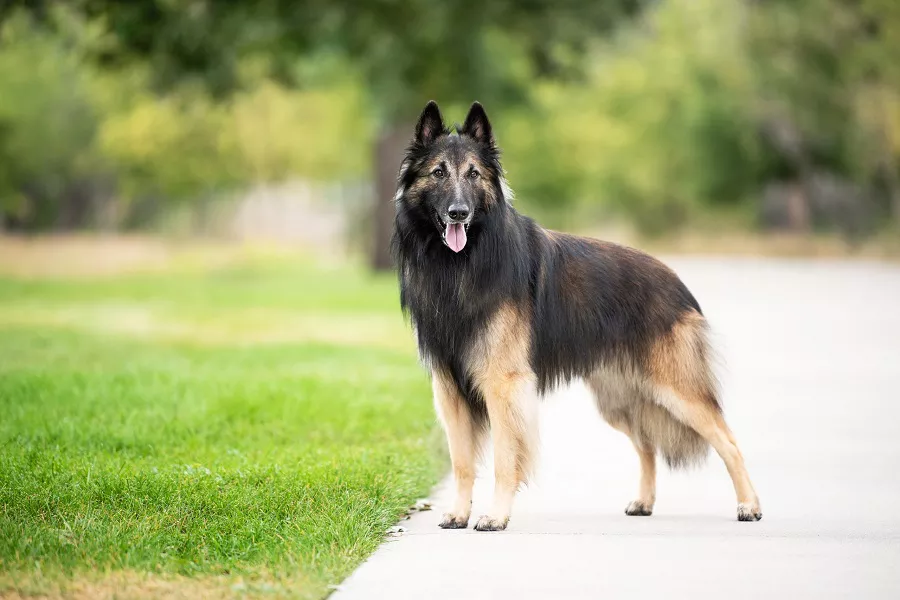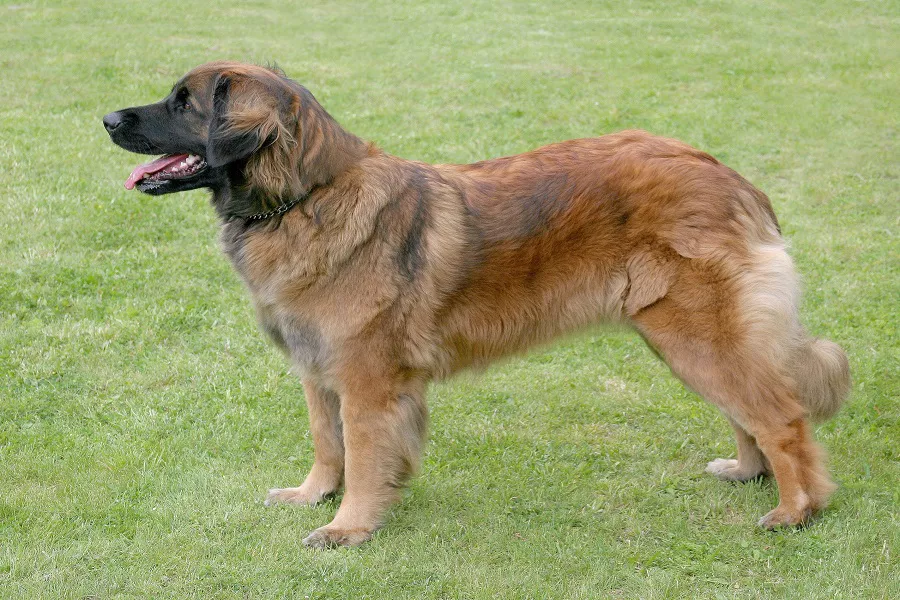Belgian Sheepdog IQ Ranking: The Belgian Sheepdog is ranked 15th among dogs in IQ, making it an excellent working dog.
They are used as guard dogs, guard dogs, tracking dogs, rescue dogs, etc.
They are more sensitive, energetic, lively and enthusiastic.
Happy to obey orders, and very loyal to the master.
Belgian Shepherds are easy to train. They can quickly understand commands and follow them.
The Belgian Shepherd is naturally very intelligent. In the past, its main responsibility was to protect the sheep, family property and the safety of its owner.
Although they can perform the duties of a guard dog, it is not aggressive in nature.
Usually very calm and friendly, only when danger comes, the Belgian Shepherd will show extraordinary courage and fearless.
Belgian Shepherds treat their owners differently than they do strangers.
They are friendly and kind to their hosts, but wary of strangers.
When strangers close to it, they will pay close attention, of course, in your approach is not malicious, they will not jump up and bite you, but if it finds you have abnormal behavior, in order to protect themselves and their home safety, they will chase you away.
Belgian Shepherd training: Sit training: If you want the dog to sit on the left side, you can make the dog stand on the left side, give the command “sit”, then lift the collar with the right hand, press the dog’s waist or gently press its back leg with the left hand, after the action is completed, give the reward immediately.
If you want the dog to sit in front of you, you can make the dog stand in front of you, give the “sit” command, L-shaped posture with your right hand, and collar with your left hand to make the dog sit down. After the action is completed, you will be rewarded immediately.
It is important to note that the sitting time can be gradually extended during training.
And can be repeated training, so that the movement is more standardized.
Jump training: Lead the dog to a place to jump and have him sit to the left of the owner.
The master first over the obstacle, and then say “jump”, right hand pointing to the obstacle, left hand gently pull the traction belt, make it jump over the obstacle.
Reward immediately after completing the action.
The height of the obstacle can be slowly increased during training.
It can also gradually increase the distance between the owner and the dog.
Accompanying training: If the dog is to follow the lead, the dog should be gently led on the left side with the right hand around the waist, until the dog is in the appropriate position, and give the “lean” command.
When you’re done, give it a pat with your left hand.
If the dog is to be accompanied without any lead, the lead should be removed only after the lead has been successfully followed.
Ask the dog to follow in a later position, saying “lean” and leading as you go.
You can get a reward for good performance.
If THE DOG CANNOT COMPLETE OR LEAVE THE CORRECT POSITION IN THE TRAINING, TURN SHARPLY IMMEDIATELY AND CORRECT WITH THE COMMAND “LEAN”.

























